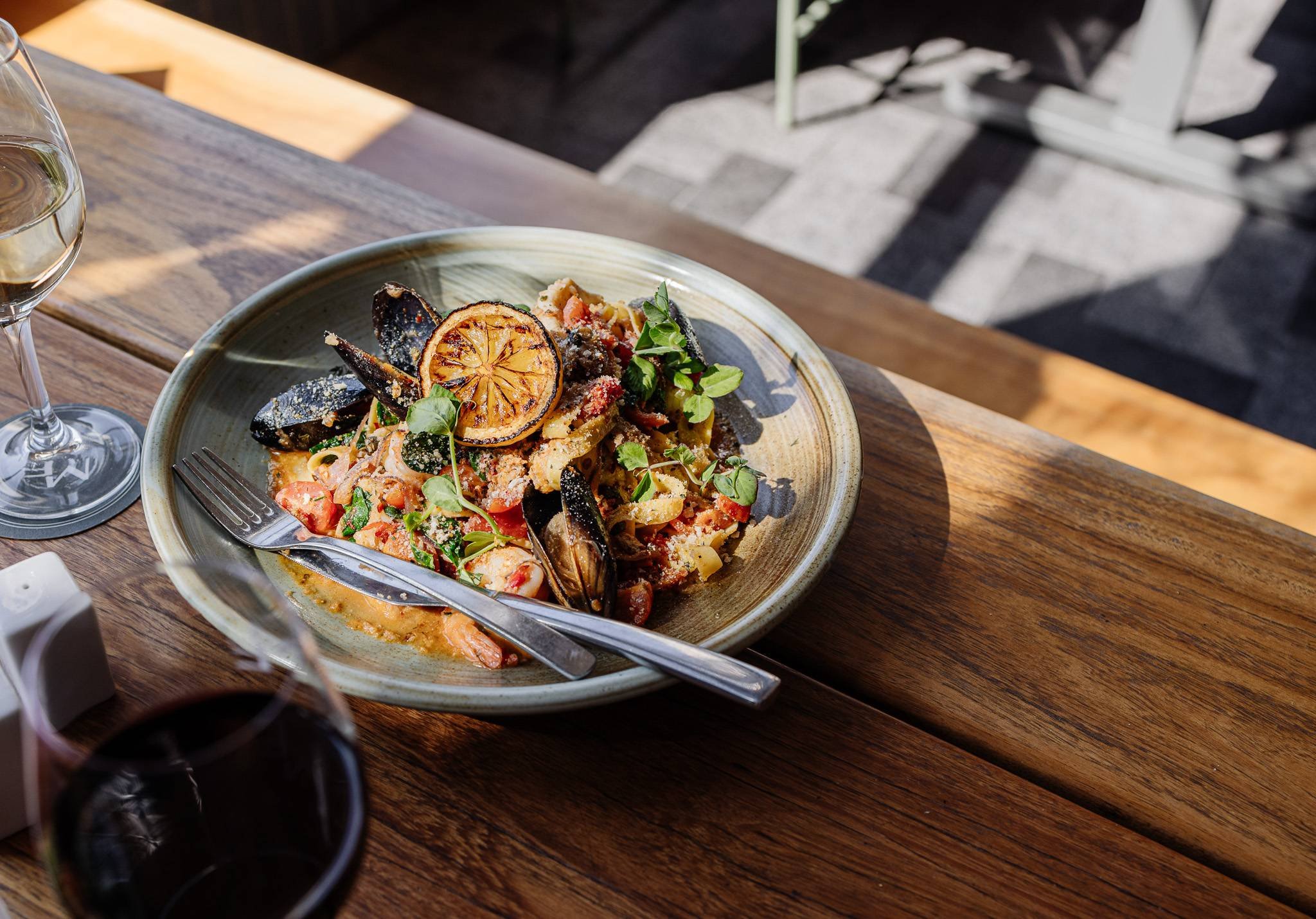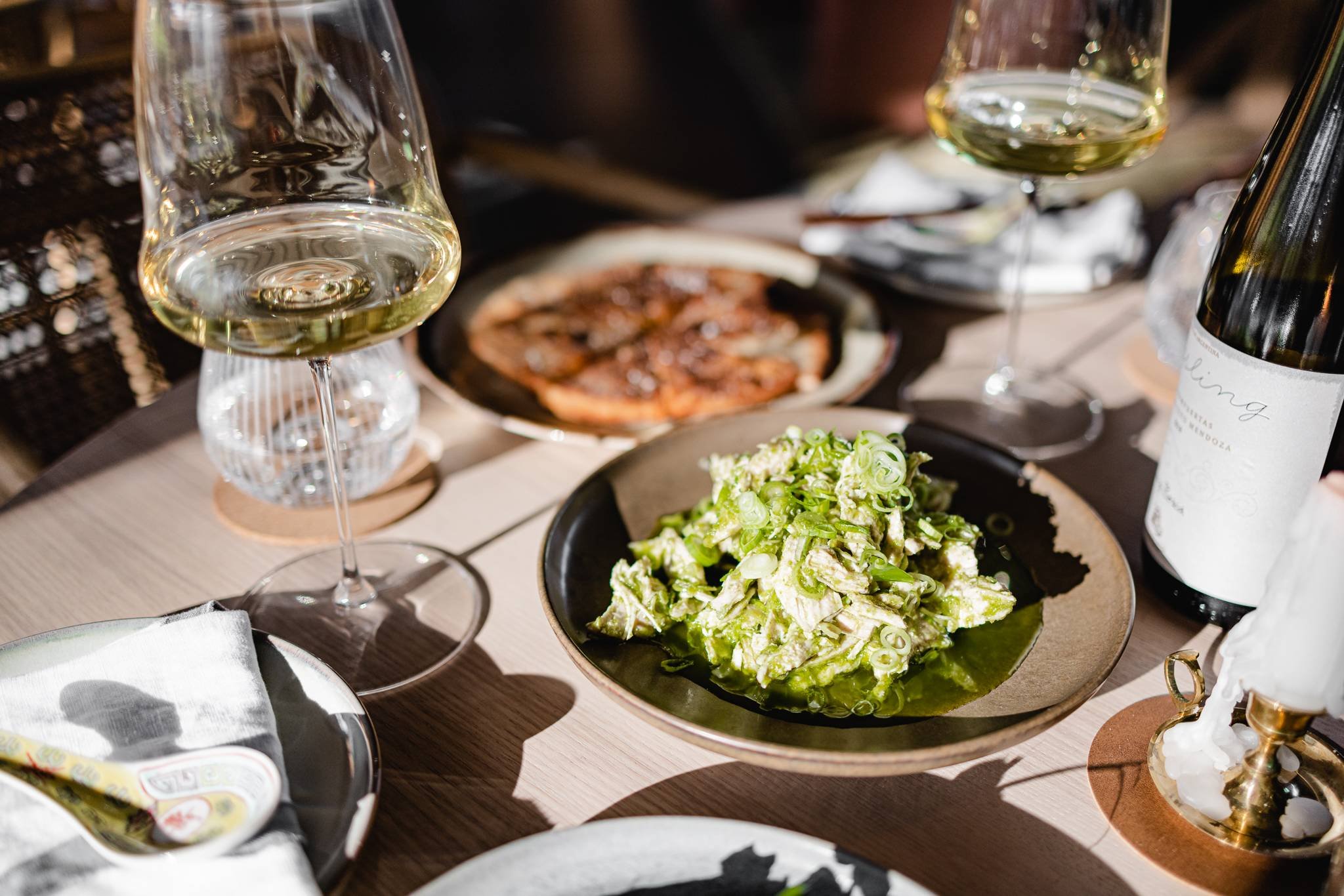The Power of Visual Storytelling in the Hospitality Industry
Importance of visual storytelling in the hospitality industry
Visual storytelling is a powerful tool that can have a significant impact on the success of businesses in the hospitality industry. In a world where consumers are bombarded with information and choices, captivating visuals can make a lasting impression and set a business apart from its competitors. By using compelling images, videos, and graphics, businesses can effectively communicate their brand identity, showcase their unique offerings, and evoke emotions in potential customers. Visual storytelling allows businesses to create a memorable and immersive experience for their audience, enticing them to engage, explore, and ultimately choose their establishment. It is a way to convey the essence of a hotel, restaurant, or travel destination, enticing guests to imagine themselves in that space and encouraging them to book a reservation or visit in person. In an industry where experiences are paramount, visual storytelling has the power to inspire, captivate, and ultimately drive revenue.
How visual storytelling can enhance the guest experience
Visual storytelling is a powerful tool that can greatly enhance the guest experience in the hospitality industry. By using captivating images, videos, and other visual elements, hotels and restaurants can create a more immersive and engaging environment for their guests. Visual storytelling allows guests to connect with the brand on a deeper level, evoking emotions and creating lasting memories. Whether it's showcasing the stunning views from a hotel room or highlighting the craftsmanship behind a signature dish, visual storytelling helps to create a unique and memorable experience that sets a hospitality establishment apart from the competition.
Types of visual content used in the hospitality industry
In the fast-paced world of the hospitality industry, visual storytelling has emerged as a powerful tool for capturing the attention of potential guests. From stunning photographs to captivating videos, the use of visual content has become essential in showcasing the unique experiences that hotels, restaurants, and travel destinations have to offer. But it's not just about beautiful imagery. The hospitality industry has also embraced other types of visual content, such as infographics and virtual tours, to provide valuable information and engage with their audience in a more interactive way. By leveraging these diverse types of visual content, businesses in the hospitality industry can create a compelling narrative that entices and inspires travellers to choose their establishment for their next adventure.
The impact of visual storytelling on brand image and reputation
Visual storytelling has become a powerful tool in the hospitality industry, as it has a significant impact on brand image and reputation. Through captivating visuals, such as stunning photographs and compelling videos, hotels and restaurants can effectively communicate their unique story and create an emotional connection with their audience. By showcasing their beautiful interiors, delicious dishes, and exceptional service, establishments can attract and engage potential customers, ultimately influencing their perception and decision-making process. Visual storytelling allows brands to differentiate themselves from competitors, build trust, and establish a strong online presence, leading to increased bookings, positive reviews, and a loyal customer base.
Tips for creating compelling visual stories in the hospitality industry
Creating compelling visual stories is a powerful tool in the hospitality industry. With the rise of social media and online platforms, visuals have become increasingly important in capturing the attention of potential guests. By using high-quality images and videos, hotels, restaurants, and travel companies can showcase their unique offerings and create an emotional connection with their audience. Whether it's showcasing stunning views, mouthwatering dishes, or luxurious accommodations, visual storytelling allows businesses to stand out in a crowded market. Additionally, incorporating storytelling elements such as narratives, emotions, and experiences into visuals can further engage viewers and leave a lasting impression. In today's digital age, mastering the art of visual storytelling is essential for any hospitality business looking to attract and retain customers.
Case studies: Successful examples of visual storytelling in the hospitality industry
Case studies provide concrete evidence of the power of visual storytelling in the hospitality industry. From luxury resorts to boutique hotels, successful examples abound. By using captivating images and videos, hotels, restaurants and tourism operators can transport potential guests to their stunning venues, menus, and locations, showcasing breathtaking views and luxurious amenities. Additionally, visual storytelling can be employed to highlight the unique experiences offered by am establishment, such as spa treatments, gourmet dining, or adventurous excursions. These case studies demonstrate how visual storytelling can engage and inspire guests, ultimately leading to increased bookings and customer loyalty.
The role of social media in visual storytelling for hotels and restaurants
Social media has revolutionized the way hotels and restaurants engage with their audience, and visual storytelling plays a pivotal role in this digital landscape. With platforms like Instagram and Facebook, businesses can now showcase their unique offerings, ambiance, and guest experiences in a visually captivating manner. By sharing compelling images and videos, hotels and restaurants can create an emotional connection with their audience, enticing them to visit and experience the establishment firsthand. These visual narratives allow businesses to highlight their brand identity, reflect their values, and stand out in a highly competitive industry. Moreover, social media provides a platform for guests to share their own experiences, further amplifying the power of visual storytelling and influencing potential customers.
The power of user-generated content in Visual Storytelling
User-generated content has become a powerful tool in visual storytelling within the hospitality industry. By allowing guests to share their experiences through photos and videos on social media platforms, hotels and restaurants can create an authentic and compelling narrative. This type of content not only showcases the unique features and offerings of a property but also builds trust and credibility among potential customers. User-generated content is particularly effective because it is created by real people, providing a genuine and relatable perspective. Additionally, it encourages engagement and interaction with the brand, as guests feel a sense of pride and ownership when their content is shared. Incorporating user-generated content into visual storytelling strategies can greatly enhance the marketing efforts of hospitality businesses, ultimately leading to increased brand awareness and customer loyalty.
Measuring the success of visual storytelling campaigns in the hospitality industry
Measuring the success of editorial campaigns in the hospitality industry is essential for understanding the impact of these campaigns and optimizing future strategies. Visual storytelling has become a powerful tool for hotels, resorts, and restaurants to engage and captivate their audience. By combining stunning visuals with compelling narratives, hospitality businesses can create an emotional connection with potential guests, inspiring them to make bookings and visit their establishments. Tracking metrics such as website traffic, social media engagement, and conversion rates can provide valuable insights into the effectiveness of these campaigns. Additionally, measuring customer feedback and satisfaction can help determine the extent to which visual storytelling has influenced guests' overall experience, loyalty, and brand perception. Understanding these measurements allows hospitality businesses to refine their visual storytelling efforts and ultimately enhance their success in attracting and retaining customers.
Conclusion: Harnessing the power of visual storytelling for business success
Harnessing the power of visual storytelling is essential for achieving business success in the hospitality industry. By using compelling visuals, such as high-quality photographs and videos, businesses can captivate their audience and create a strong emotional connection. Visual storytelling allows hotels, restaurants, and other hospitality businesses to showcase their unique offerings, highlight their brand identity, and evoke a sense of desire in potential customers. In a highly competitive industry, visual storytelling sets businesses apart and helps them stand out in the crowded marketplace. By incorporating visuals that tell a story, businesses can inspire, engage, and ultimately drive more bookings and revenue.


